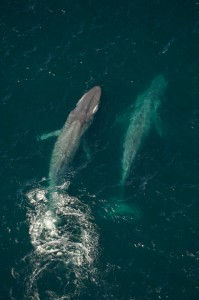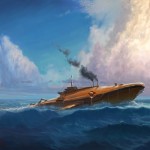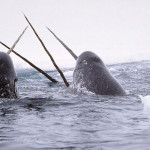 Tonight at 8pm eastern time, National Geographic Channel is premiering its new documentary Kingdom of the Blue Whale. After just previewing it twice this weekend, I have to say this is one you won’t want to miss! Filmed with 2 main story lines, expeditions from the Channel Islands in California to “the Dome” in Costa Rica and geneticists traveling to Japan to use forensic methods to uncover the true identity of whale meat sold in the local markets.
Tonight at 8pm eastern time, National Geographic Channel is premiering its new documentary Kingdom of the Blue Whale. After just previewing it twice this weekend, I have to say this is one you won’t want to miss! Filmed with 2 main story lines, expeditions from the Channel Islands in California to “the Dome” in Costa Rica and geneticists traveling to Japan to use forensic methods to uncover the true identity of whale meat sold in the local markets.
In true National Geographic fashion we are told a story in a calm, informative manner with entertaining footage, a well thought out storyline and a cast of die-hard researchers whose enthusiasm for the whale and for research is contagious. As much of a marine invert guy I am, blue whales have always held my fascination. They are so huge! Their heart is the size of Volkswagen Beetle for crying out loud!
I don’t want to give away too much but the money shot is near the end of the film and there are plenty of surprises along the way as researchers explore the kingdom of this blue giant. Check it out tonight, 8pm eastern and pacific time and report back here after the show and let me know what you thought!






I thought it was a good story about scientific teamwork, well told, very informative. The thing that troubled me most was the incidence of ship strikes in and around the Channel Islands of Southern California. I wish something could be done about this.
They mentioned how their research might help change shipping lanes. I’d like a follow up on that someday.
These discussions are underway, with rules in effect for shipping lanes in the Bay of Fundy in order to help protect the remaining northern right whale population, which is considerably worse off than blues, as I understand it. Only 300-400 remain.
Here’s a link from National Geographic:
http://news.nationalgeographic.com/news/2003/03/0305_030305_tvrightwhales.html
I know you guys know this already but it isn’t just Canada that is moving shipping lanes to reduce ship strikes. The U.S. has done it in the Atlantic along with implementing speed limits. See: http://www.nero.noaa.gov/shipstrike/doc/rm.html